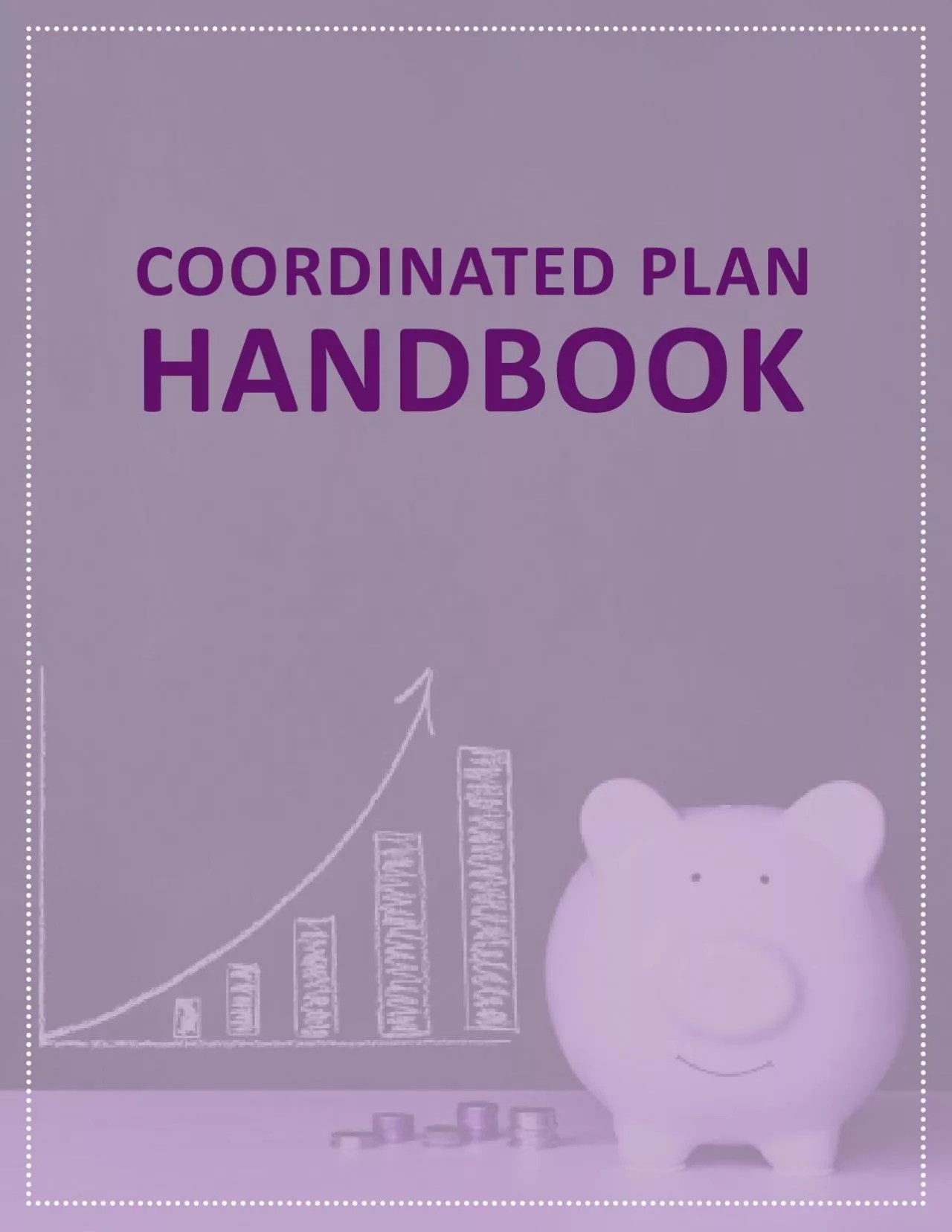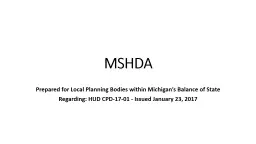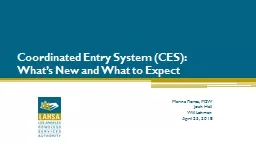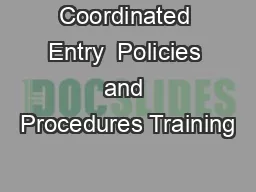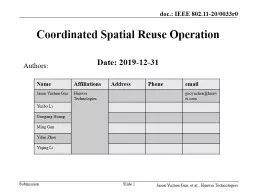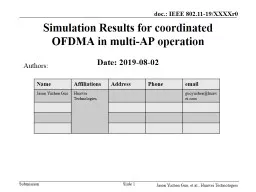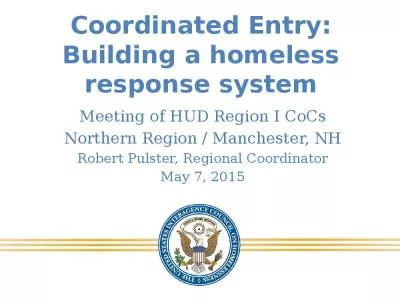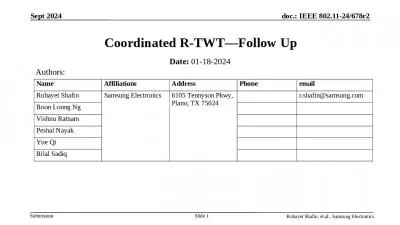PDF-COORDINATED PLAN
Author : badra | Published Date : 2021-06-09
HANDBOOK 1 Visit us any time PERAs office is located on the second floor of the Retirement Systems of Minnesota Building 60 Empire Drive in St Paul We are located
Presentation Embed Code
Download Presentation
Download Presentation The PPT/PDF document "COORDINATED PLAN" is the property of its rightful owner. Permission is granted to download and print the materials on this website for personal, non-commercial use only, and to display it on your personal computer provided you do not modify the materials and that you retain all copyright notices contained in the materials. By downloading content from our website, you accept the terms of this agreement.
COORDINATED PLAN: Transcript
Download Rules Of Document
"COORDINATED PLAN"The content belongs to its owner. You may download and print it for personal use, without modification, and keep all copyright notices. By downloading, you agree to these terms.
Related Documents

